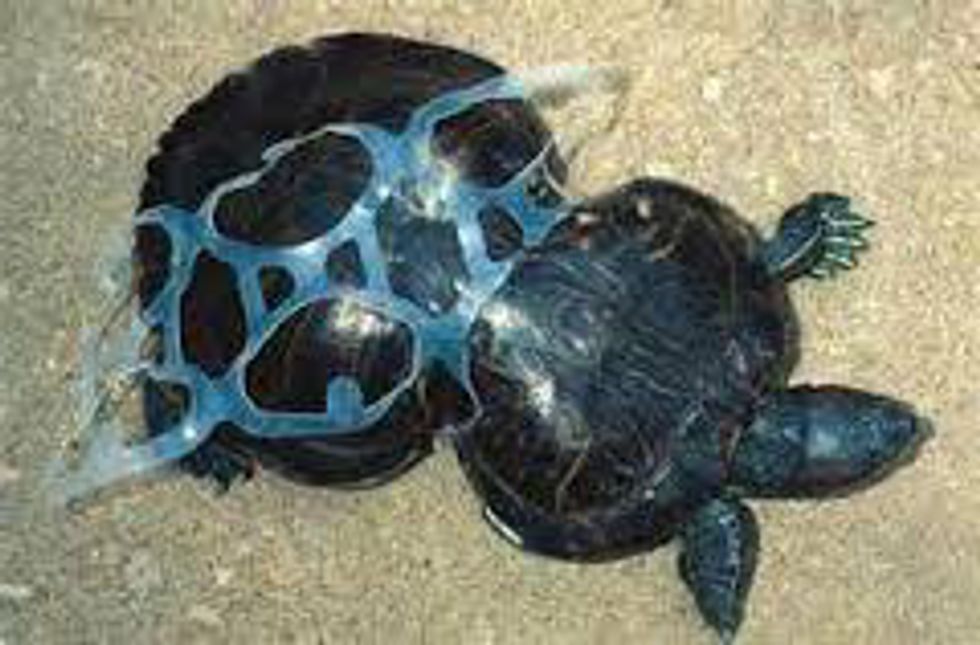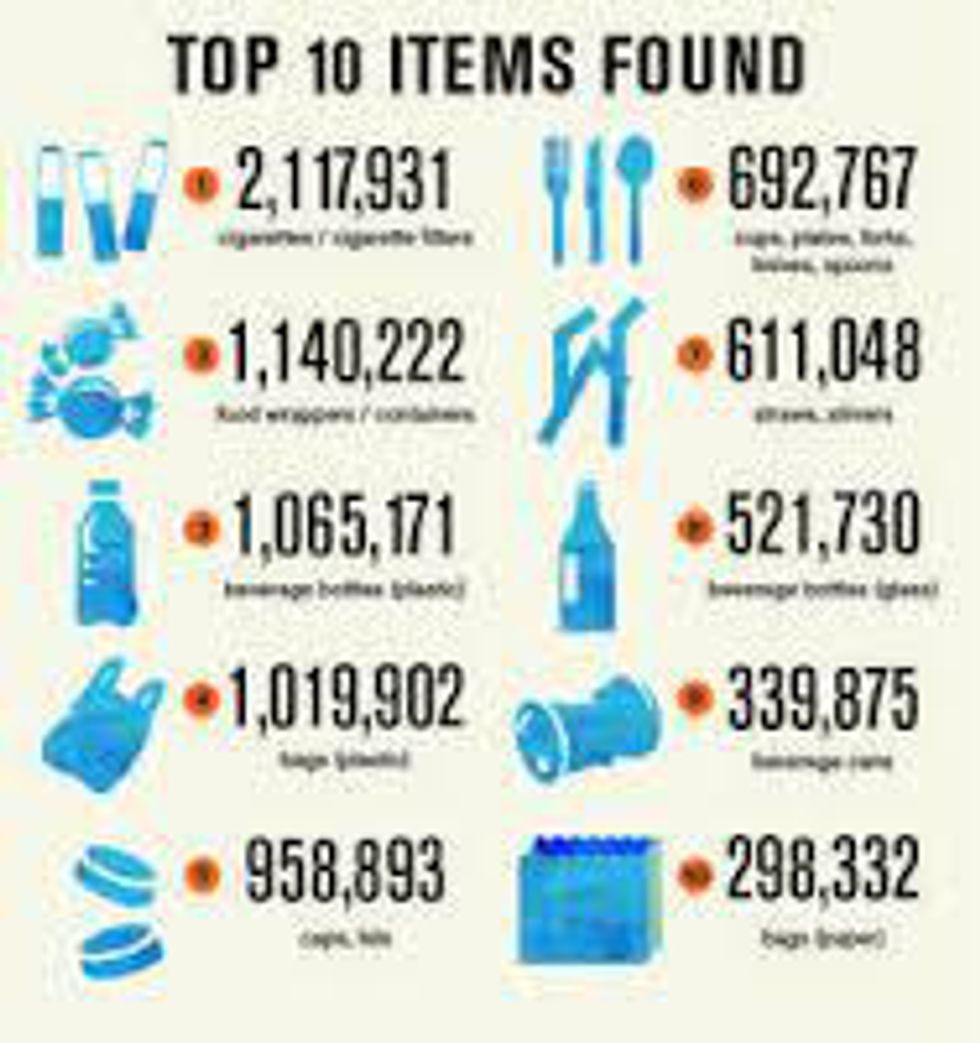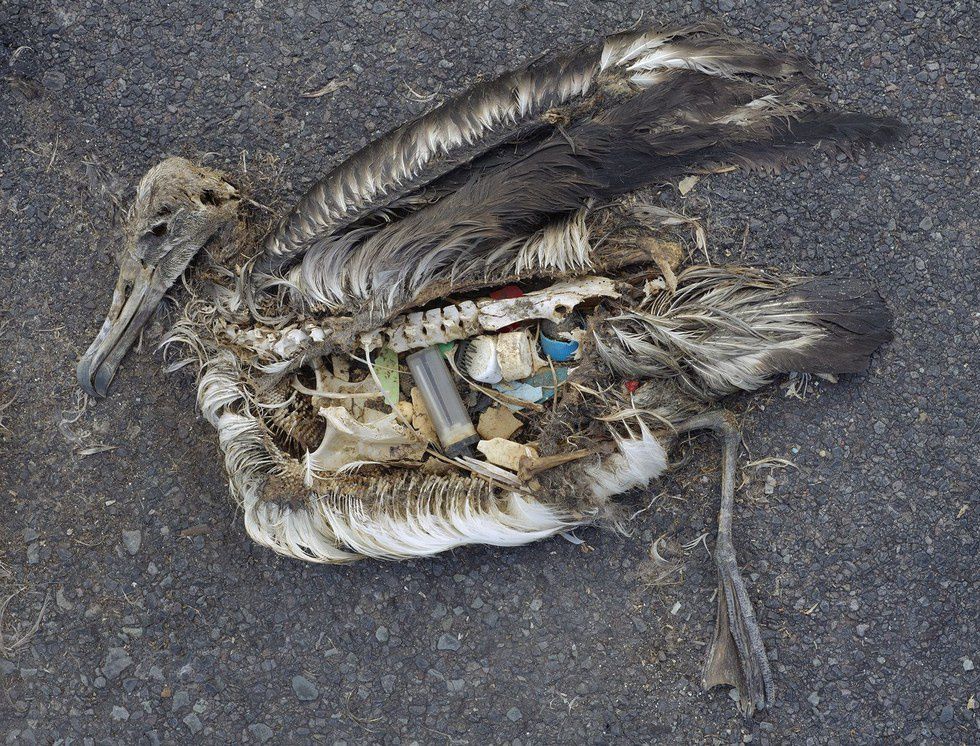
While no one is really sure of what is to come of all this trash dropped into the oceans, there are plenty of myths about the Pacific Garbage patch worth learning. The patches, as there are more than one, were first discovered between the years 1985 and 1988, according to National Geographic. There are said to be about three different patches, spanning from the waters of the east coast of North America all the way to Japan. Some months back, I had read somewhere, where I forget, that the garbage patch was a large island of formed trash floating in the ocean. I was also informed that the patch went on for miles beneath the water, which it does, but told that this "trash" was in solid form and stacked to create a solid sort of island. Well folks, it isn’t like that at all, really. This really tells a tale of biased view.
Another fact about the Garbage patches is that these patches are not just bunches of, say, water bottles and recognizable plastics floating as an island in the ocean. Instead they are plastics that broke apart into tiny pieces again and again, and now float together to form what looks like a sort of soap making the water look cloudy. Misinformation has conjured up the idea that the Garbage Patch is plastic trash just floating there for all to see. In reality, the Garbage Patch is mostly made up of what is called microplastics, according to National Geographic. The plastic has gotten this way through the damaging rays from the sun that helped to bring it into this form, also called photodegradation. Imagery from a satellite cannot even give a picture of a large island of garbage. There are many myths about this topic. But because the plastic is in such microscopic form, does not mean that it isn’t causing any damage.
According to National Geographic, much of the plastic trash resembles that of food for much of the life in the sea and the birds that fly above it. Some species, such as ocean floor dwelling algae, are autotrophs (organisms that produce their own nutrients), and require sunlight which is often blocked by some floating debris. Birds and other sea life mistake plastic trash for food, often consuming it and dying of starvation or from the bursting of their organs. There is much more that this plastic waste is responsible for, but in being responsible we may be able to reduce the damage. About 80 percent of the waste, as said by Smithsonian, is from land-based activities while the remaining 20 percent is from ships. Interesting isn’t it? Well, the future of the garbage patch isn’t looking too good either. Since the Pacific Garbage Patch is located far from any coastline of the counties, no one is taking the responsibility to clean it up. However, a net small enough to gather these tiny particles would also take small sea-dwelling life with it. But I am confident that there is a way that this mess can be cleared, if it was priority. I do hope, though, that we fix this in a time quick enough to salvage our precious ocean life.























